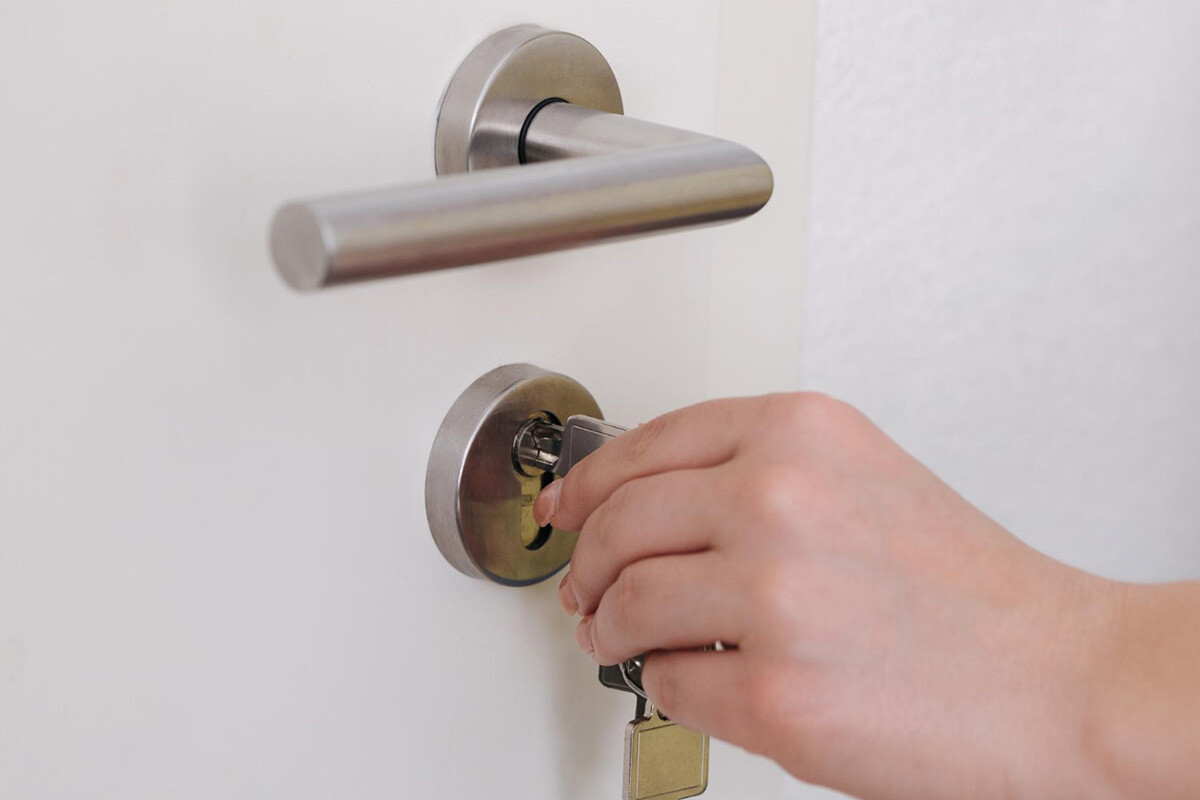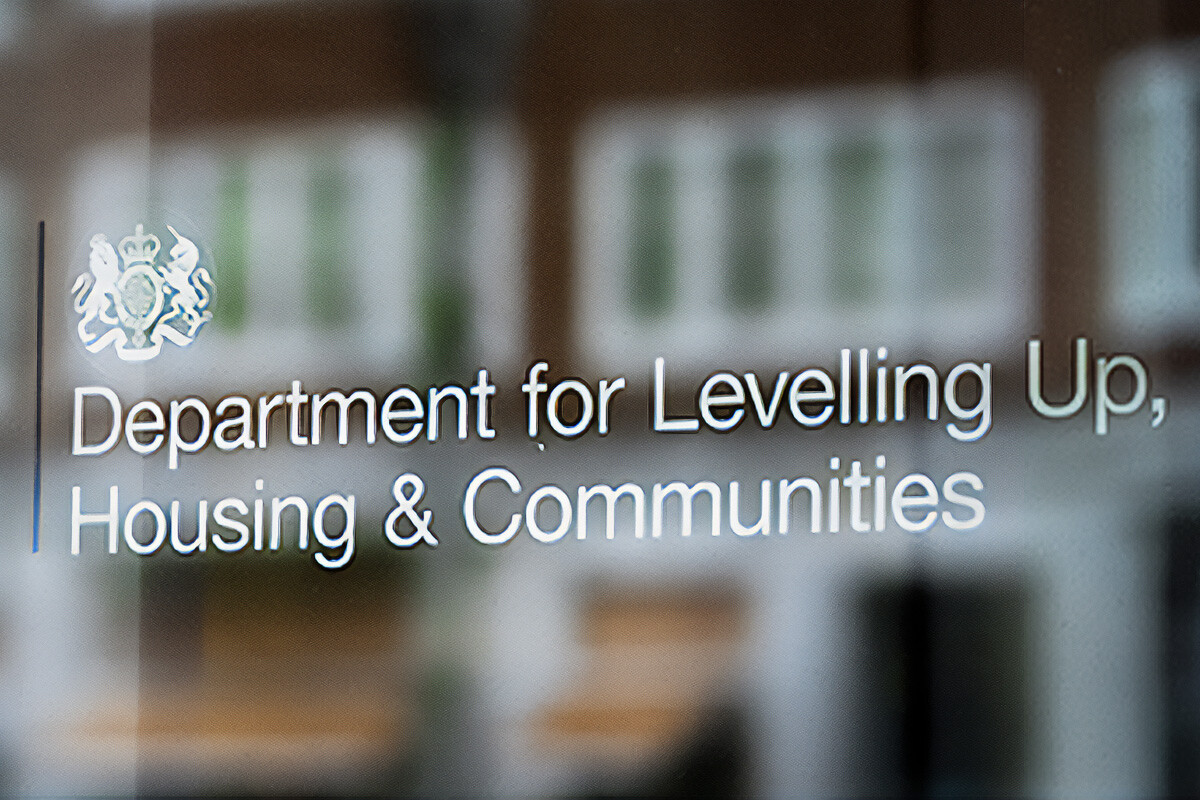Discovering that a tenant has sublet your property without permission can be unsettling for any landlord. It's a situation that requires immediate attention and a careful approach, balancing legal rights and practical solutions. In this comprehensive guide, we'll explore the practical steps a landlord should take upon finding out their property has been sublet without authorisation, ensuring property and income protection while adhering to eviction laws and maintaining integrity and efficiency.
Understanding Your Legal Position:
Know the Terms of Your Lease: Review your lease agreement to confirm whether it explicitly prohibits or allows subletting. Most standard leases include a clause requiring the landlord's permission before a tenant can sublet.
Check Local Laws: Familiarise yourself with local and state laws regarding subletting and eviction, as these can vary significantly.
Communicate with Your Tenant:
Initial Contact: Reach out to your tenant in writing, expressing your concerns and requesting an explanation. It's essential to maintain a professional tone to preserve the landlord-tenant relationship.
Discuss Solutions: If the subletting is unauthorised, discuss possible solutions, including regularising the sublet arrangement or requesting that the subtenant vacate the property.
Dealing with the Subtenant:
Understand Their Rights: Depending on the jurisdiction, the subtenant may have rights that must be respected.
Negotiate a Resolution: If eviction is necessary, ensure that it's done legally and ethically, keeping in mind Helpland's commitment to integrity and accountability.
Legal Action and Eviction Process:
Seek Legal Advice: Before proceeding with eviction, consult a legal expert specialising in landlord-tenant law.
Follow Legal Procedures: If eviction is warranted, follow the legally mandated procedure, including serving proper notices and potentially filing for a possession order.
Prevent Future Issues:
Update Your Lease Agreement: Amend your lease to include clear terms regarding subletting and the consequences of unauthorised subletting.
Regular Property Inspections: Conduct periodic inspections of your property, ensuring tenants comply with the lease terms.
Rent Arrears and Damage Recovery:
Addressing Rent Arrears: If the subletting has resulted in rent arrears, take steps to recover the owed amounts, considering Helpland's expertise in rent arrears recovery.
Property Damage: Assess any damage caused by the unauthorised subletting and seek compensation accordingly.
Conclusion:
Unauthorised subletting poses unique challenges for landlords, demanding a legally sound and practically effective response. By understanding your rights, communicating clearly, and taking appropriate legal action, you can protect your property and income while upholding the principles of efficiency, expertise, and accountability.
Remember, it's always advisable to seek professional guidance in these situations, and Helpland is here to provide tailored, ethical solutions based on over two decades of experience in the field. Click here to contact us today.





